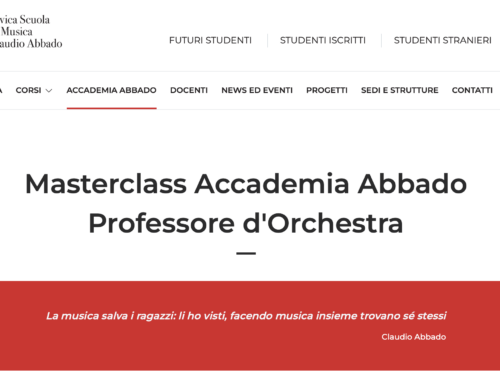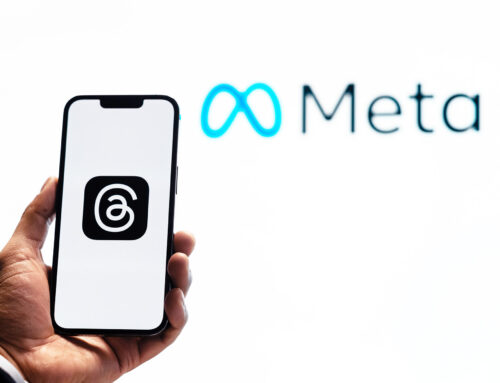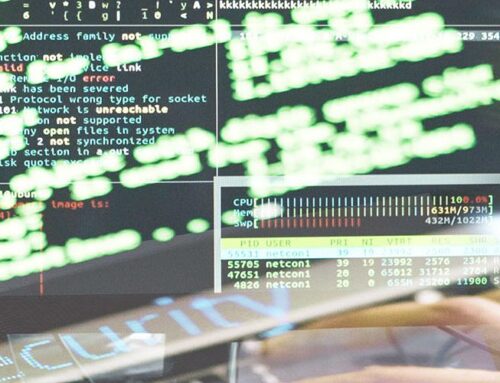Artificial Intelligence and Intellectual Property. A dual perspective in the EUIPO Study
- The Content of the EUIPO Study
In 2022 the European Union Intellectual Property Office (“EUIPO”) issued a study entitled “The Impact of Artificial Intelligence on the Infringement and Enforcement of Copyright and Designs” – (hereinafter the “Study”). (The extended version at this link).
The Study examines the implications of artificial intelligence (“AI”) and related technologies under the current intellectual property regime. In particular, the aim of the report is to analyse the impact of AI on both infringement and enforcement of copyright and designs.
Infringements of intellectual property rights through the malicious use of these technologies are steadily increasing, as noted by Europol’s European Cybercrime Centre (EC3), the EU Agency for Cybersecurity (ENISA) and the United Nations.
The EUIPO addresses this issue through the European Observatory on Infringements of intellectual property rights (hereinafter “Observatory”). The Observatory is intended to be a practical tool for practitioners to document both the existing or potential misuse of AI technologies in copyright and designs infringement and the use of AI to enforce these same rights.
- Definition of AI used in the Study
AI is commonly understood as a section of computer science that focuses on the development of computer systems capable of performing tasks that would normally require human intelligence. Given a complex goal, these systems act in the physical or digital dimension in order to: i) detect the surrounding environment by acquiring data; ii) interpret structured or unstructured data collected; iii) analyse about knowledge or process information derived from data; iv) decide on the best action to take in order to achieve a given goal.
In the context of the Study, AI is understood as: “Computer code (software and hardware) that, according to algorithmic rules, dynamically adapts as large datasets are processed with the aim of predicting phenomena and assisting decision–making”.
For the purposes of this article, it is also useful to recall other definitions of specific areas of AI in the Study:
- Machine learning: “A subfield of AI that focuses on the creation of applications that learn from data and are able to progressively improve their accuracy. This process allows the system to increasingly develop beyond the data algorithms originally supplied to achieve independent development and learning based on previous experience gained in the same manner”;
- Natural language processing (NLP): “It is a subfield of AI that enables the extraction of data to create relations, making it possible to identify figures of speech and perform sentiment analysis. […] It is therefore the branch of AI that allows computers to understand, interpret, and manipulate human language”;
- Computer speech: “Refers to a machine’s application of speech recognition and synthesis to create human-like speech. […] Advanced speech recognition in AI also includes voice recognition, in which the computer can distinguish a particular speaker’s voice”.
- Copyright and design infringement and enforcement scenarios
In order to demonstrate the existing or potential misuse of AI in violation of copyright and design, as well as the use of AI to protect these same rights, two case studies of copyright and designs law infringement and protection were developed. The first case study concerns the production and commercialisation of physical goods, while the second relates to digital content and products.
The Study shows how AI and related technologies can be used to facilitate copyright and design infringement and as weapons to detect or defend against such infringements.
These competing uses of AI are analysed through scenarios developed by the Observatory’s research team based on real situations or situations that might occur given the pace of development of these technologies.
In the case study concerning physical products, the following scenarios are considered: (i) theft of a copyrightable work or design under development; (ii) design registration fraud; (iii) mass production of copyright and design-infringing goods; (iv) importation of copyright and design-infringing goods; (v) physical marketing of copyright and design-infringing products – infringer-controlled shop; (vi) physical marketing of copyright and design-infringing products – third-party-controlled shop; (vii) trade dress infringement; (viii) online marketing of copyright and design-infringing products – infringer controlled e-shop; (ix) online marketing of copyright and design-infringing – sales on third-party marketplaces (surface web); (x) online marketing of copyright and design-infringing products – sales on third-party marketplaces (dark web).
In the case study on digital content and products, the following scenarios are considered: (i) hacking media accounts; (ii) computer icon / virtual commodity infringement; (iii) social media offences; (iv) sales of hacked media accounts on the dark web; (v) media sharing platforms offences; (vi) virtual/gaming world offences; (vii) P2P and BitTorrent; (viii) live streaming – sports broadcasts link aggregator (advertising-based); (ix) IPTV crime – unauthorised access to subscription-based IPTV service; (x) training an AI application.
In order to outline the scenario for the theft of a copyrightable work or design under development (paragraph 5.1.1, p. 79 of the Study), the Observatory Research Group considered the hypothesis where a criminal organisation (hereafter the “Criminals”) learns from an insider of a company active in the fashion industry (hereafter the “Company”) that the latter is about to launch a new clothing line. Before the Company brings the new products to market, the Criminals send a phishing e-mail to the executive assistant to the chief executive officer (CEO) to obtain the CEO’s e-mail account login and password. Through the tool of machine learning the communication style of the CEO’s executive assistant is analysed, while the text of the fraudulent e-mail is created using natural language processing technology. Once in the CEO’s e-mail account, the Criminals send an e-mail to the creative director to obtain designs for the new clothing line. The Criminals also use the computer speech application to produce a “deepfake” version of the CEO’s voice and send a voice message to the creative director asking him to forward the designs to an e-mail address under their control. In this way, the stolen designs are stored on an encrypted hard disk. The Company with the law enforcement takes action against the breach and gets a search warrant to obtain the encrypted hard disk from the Criminals. Machine learning is used to break the encryption on the hard drive and recover files containing the stolen designs. While natural language processing can analyse and block cyber-attacks, such as phishing, and identify the behaviour of the Criminals.
- Conclusion
The results of this Study allow for some general conclusions on AI technologies and their implications for copyright and designs infringement and enforcement. According to the Study, the multiple applications of AI result in limitations and problems for the misuse of AI in copyright and designs infringement. At the same time, they offer opportunities for a legitimate use to oppose possible infringements. The Observatory research group therefore analysed the risks arising from the possible uses of AI systems and at the same time wanted to promote the innovative potential that AI entails.













